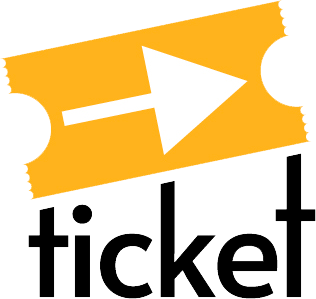
Module 4 - Fostering Participation and Learning for All
This Section aims to increase your awareness about the impact of disability on the cultural aspect of daily life through the example of Deaf culture.
Learning Outcome: Become more familiar with basic information about Deaf culture, and learn how to work with interpreters.
![]() Estimated time to complete this section: 20 minutes
Estimated time to complete this section: 20 minutes
Contents:
-
Learning Point 1: Deaf Culture
-
Exercise: "Dear Hearing People"
-
Learning Point 2: Respectful and Inclusive Communication When an Interpreter Is Present
Learning Point 1: Deaf Culture
Click through the slides below to learn more about Deaf culture, its origins, and significance.
Exercise: Dear Hearing People
Click through the exercise below to watch "Dear Hearing People", a short film by Sarah Snow and Jules Dameron. Then answer the reflective questions that follow.
Learning Point 2: Respectful and Inclusive Communication When an Interpreter Is Present
Deaf people live all around the world. In different countries, they use different sign languages and set up their own organizations. The names of sign languages are usually derived from the name of a given country, e.g., American Sign Language or Polish
Sign Language. In the academic context, it is very important to take into account the fact that deaf students may use sign language. In addition, it is also important to normalize the presence of a sign language interpreter.
Read through the list below to familiarise yourself with the principles of how to behave and communicate when a sign language interpreter is a communication intermediary. As you do so, think which of these strategies you would also use in (or adapt for) interactions with people, disabled or not, from other underprivileged or minority groups.
When a Sign Language Interpreter is Present:
-
Maintain eye contact with the deaf person
-
Address what you are saying directly to the deaf person and avoid speaking to the interpreter (e.g., don’t address the interpreter with phrases such as ‘tell them that...’)
-
During the course meeting, make sure the interpreter has good working conditions. For example, ensure the place is comfortable and well-lit, that they are able to watch any presentations, and that the distance from the deaf person is appropriate, too
-
Make sure that the materials to be used in the course meeting are made available to the deaf person and the interpreter in advance
-
Speak at a pace allowing the interpreter to follow
-
Write down new difficult words, surnames and other names, as well as dates on the board
-
Make a plan for breaks and stick to it
-
Be aware that longer meetings should involve two interpreters working alternately
 This work has been created by the TICKET Consortium and
licensed under a Creative Commons Attribution-Share Alike 4.0 international license.
This work has been created by the TICKET Consortium and
licensed under a Creative Commons Attribution-Share Alike 4.0 international license.
